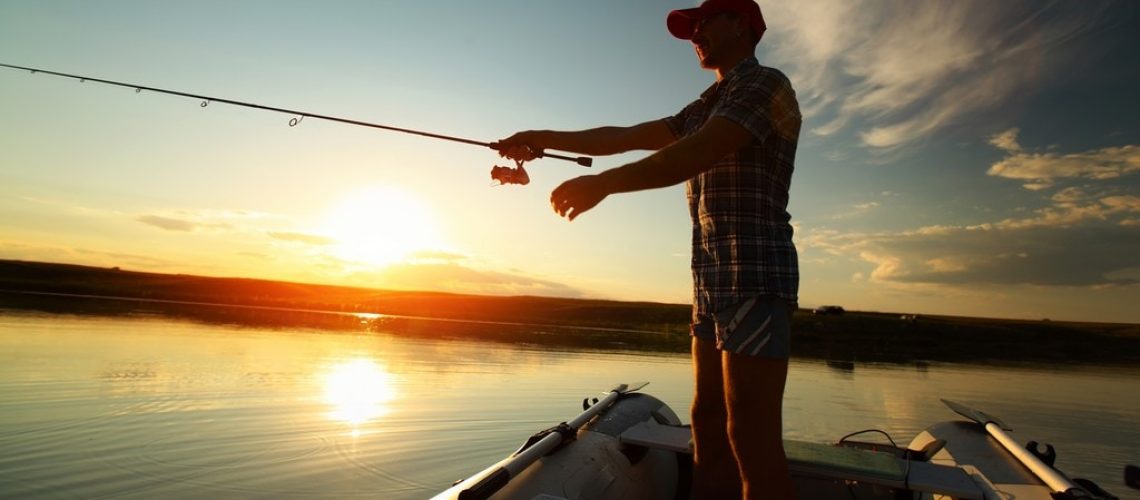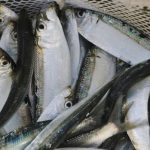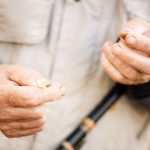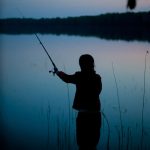Yes! It’s finally summer, and you can’t wait to do some serious bass fishing with your pals. The sun’s out, the water’s warm- what could go wrong?
Without the proper gear, you could go the whole summer without catching a single bass.
Why?
Because summer bass fishing is an art that requires knowledge of specific tools and techniques that will help you find the fish and successfully catch them. Forget how you fished in the spring, the summer is a whole new game.
To make this your best, and most successful, fishing season yet, keep reading and follow the tips below.
1. Location
In the Spring you may have noticed that catching big bass near the surface was relatively easy to do. In the summer, it’s the opposite.
When the water warms, bass will take shelter under docks, ledges, and vegetation. Or, they’ll stay near the bottom of the water where it’s cooler.
Choose your fishing spot wisely.
Be patient and do your research of the area you’re fishing in. Notice where there’s more shade or more vegetation. Research how deep the water is in different spots with a topographical map.
Use a stream thermometer to find cool spots or “spring holes.”
2. Use the Right Lure
Although they’re great in other fishing seasons, baits that skim the surface of the water aren’t useful for summer bass fishing.
You’ll need a lure that can dive deep or hover in the mid-level water. Spoons are a great example of a heavy lure that gets down to low-swimming bass’ level.
You also need to choose a bait that attracts bass. Since bass typically eats frogs, bluegill, and minnows, you should use lures that are similar colors to those prey.
Experienced anglers will often use crankbaits because the jerky movement attracts bass.
3. Perfect the Technique
One of the most successful techniques is to find an edge of the water that’s shaded; either by low hanging branches, thick vegetation, or docks. Lure the bass out of the shadows by using quick and jolted movements on your bait just outside the vegetation.
During the mid-day heat, there will be a large population of bass at the bottom of the basin. Using live bait, like fathead minnows is an excellent strategy because they’ll dive deeper on their own and hang out in the strike zone longer than lures normally will.
Don’t be afraid of trial and error; use one technique for a bit and if it’s not working, change it up!
Ready to Go Summer Bass Fishing?
Now that you know more about choosing a location, the right lures, and a couple of techniques, you’re good to go! Remember that bass fishing is a craft that takes time to develop skills in.
While luck does play a part, your knowledge and experience in using specific skills are what will lead to success.
To order any of the products mentioned here and many others, check out our online shop.





